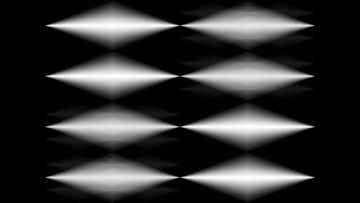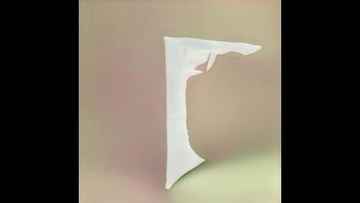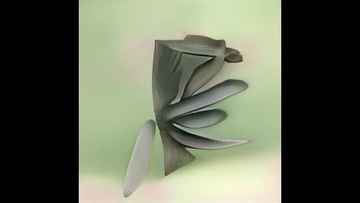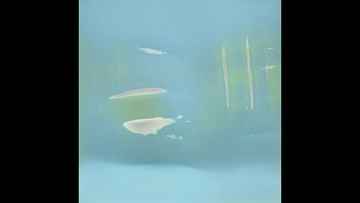MILDRED (to HANNA) -trust in those who supposedly know
9 of 10 Editions Available
Michael Reisch's works in the work group „Murray, Dondie, Rebecca - trust in those who supposedly know” are created in multi-layered work processes through generative use of image editing software, 3D software, 3D printing, digital photography and current AI tools such as diffusion models and digital tools for image synthesis (text-to-image, text-to-video, image-to-image, image-to-video, video-to-video tools). Reisch starts from the results of his own previous work processes, the outputs generated there are fed into new AI tools and subjectively influenced with the help of text prompting and other regulation possibilities, the outputs obtained in this way are in turn fed into further, other AI tools, and so on. In this controlled-automatic way, large quantities of digital image and video files are created, which Reisch curates, compiles, edits and combines with the help of video editing programmes. At the end point of the process are video loops that are realised as digital-physical installations (phygitals). This also includes "quasi-photographic", AI-generated images that are printed and mounted as inkjet prints in various sizes, as well as sculptural objects.
The starting point of the entire work process is non-representational-abstract, the forms generated first (which are in themselves part of numerous transformation processes) inscribe themselves as a kind of formal stamp in the now realistic, quasi-photographic images and thus also in the various "prompted" fields of meaning (for example, in each start frame of the video loops, the digital source form can be recognised as an embossed stamp). Through text prompting, Reisch creates or addresses different, subjectively chosen clusters of meaning, e.g. nature/anthropocene, media worlds/fiction, art, consumption/advertising. To create the meaning cluster politics/ideology, prompts such as "war-memorial ...", "socialist realism, monument, ..." etc. are used in different variations. In the final video installation, all clusters of meaning appear without hierarchy and simultaneously next to each other.
For the creation of the image titles, parts of scientific texts available on the internet on the post-truth topic environment are fed into a generative text AI (GPT-2: a rudimentary, imperfect predecessor of the current GPT4 version, here Reisch is interested, among other things, in the content errors and endless loops produced by the outdated GPT version).
Michael Reisch (b. 1964) is a German artist and photographer. His work combines aspects of photography and sculpture with new digital imaging tools such as artificial intelligence/GANs, augmented reality, 3D scanning, video, 3D printing, etc. He studied at the Rietveld Academie, Amsterdam and the Kunstakademie Düsseldorf and currently teaches as Professor for Photography and Digital Media at the Alanus-Hochschule, Bonn-Alfter, Germany. He has received numerous awards and grants, including from the Fondation Cartier, the Stiftung Kunstfonds Bonn, and the Stiftung Kunst und Kultur des Landes NRW. His work has been exhibited at Hypo-Kunsthalle Munich, Kunsthal Rotterdam, Kunstmuseum Bonn, Residenzgalerie Salzburg, Fotomuseum Munich, Scheublein + Bak, Zurich, Bischoff/Weiss, London, Galaxy Museum of Contemporary Art, Chongqing, Museum of Contemporary Art Shenzhen, Photo Beijing, Shanghai International Photofestival, Museum Kurhaus Kleve, Fotomuseum Winterthur. His works are part of collections worldwide, including Kunstmuseum Bonn, LACMA Los Angeles, Fotomuseum Winterthur, National Galleries, Edinburgh. Michael Reisch is the initiator and central figure of darktaxa-project, a platform for artists working experimentally at the interface of photography and new digital imaging techniques. He lives and works in Düsseldorf.





